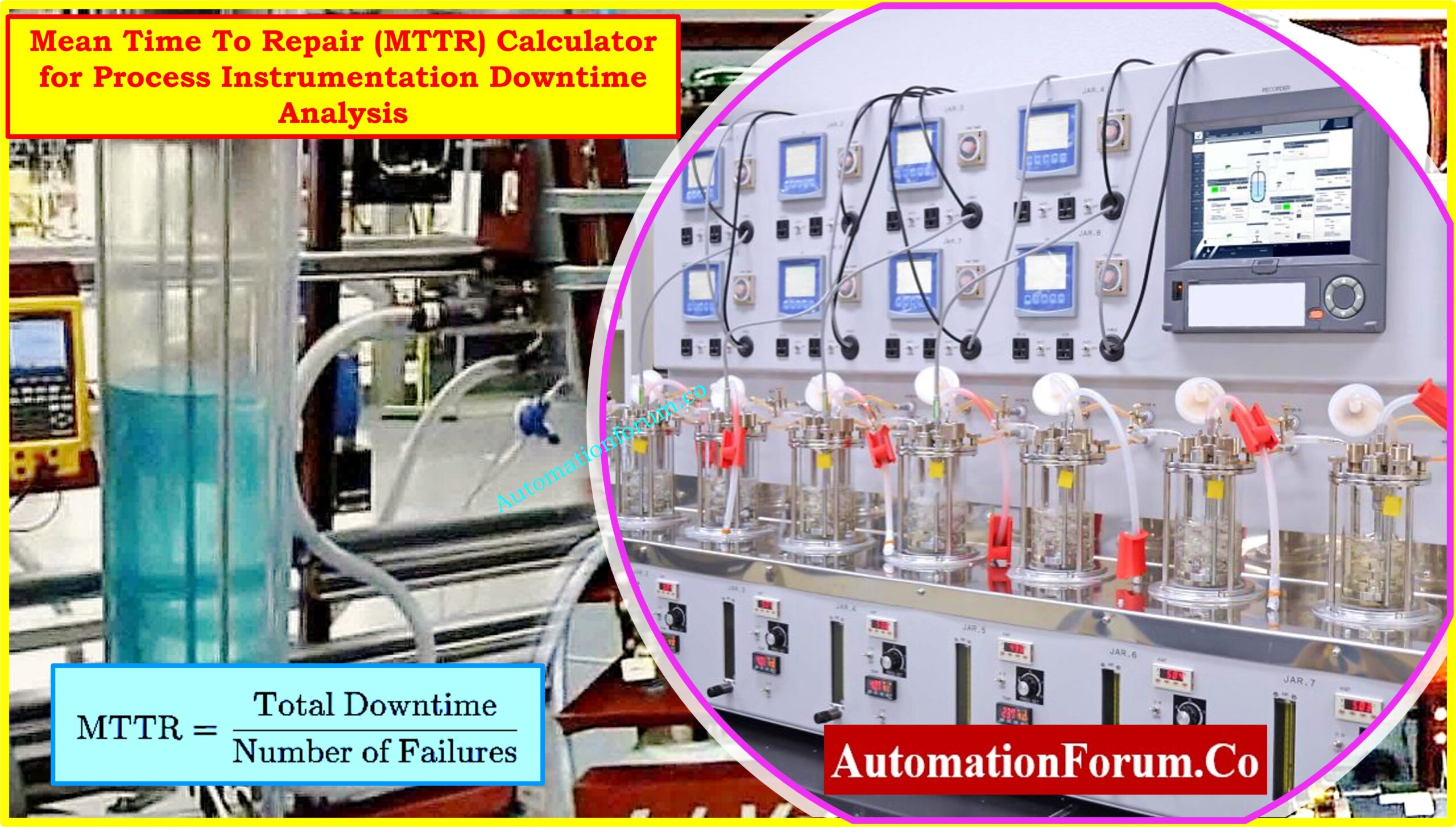Introduction
The basis of hydrostatic pressure measurement for level is such that the measured pressure is proportional to the height of liquid in the tank, irrespective of volume. The pressure is related to the height by the following:
P = h.?.g
where: P = pressure
h = height
? = relative density of fluid
g = acceleration due to gravity
For constant density, the only variable that changes is height. In fact, any instrument that can measure the pressure can be calibrated to read the height of a given liquid, and can be used to measure the level of liquid in containers under atmospheric pressure. Conditions Most pressure sensors compensate for atmospheric conditions, so the pressure at the surface of liquids opened to the atmosphere will be zero. The measuring units are usually in Pascals, but keep in mind that 1 Pa is equivalent to 1 m of water.
Hydrostatic pressure transducers always consist of a membrane which is connected either mechanically or hydraulically to a transducer element. The transducer element can be based on such technologies as inductance, capacitance, strain gauge or even semiconductor.

The pressure transducer can be mounted on many types of pressure sensors, so that the application can be quite specific to the requirement of the process conditions. Since the movement of the membrane is only a few microns, the semiconductor transducer is extremely insensitive to dirt or accumulation of product. This makes this type of measurement useful for applications such as sewage, sludge, paint and oils. A seal is required for corrosive or viscous liquids, or in the case where a pipe is used to hydraulically transmit the pressure to a manometer. As there is no movement application, there is no relaxing force to cause hysteresis.
A pressure sensor is exposed to the pressure of the system, and therefore needs to be mounted at the bottom of the vessel. In situations where it is not possible to mount the sensor directly in the side of the vessel at the appropriate depth, it can be mounted from the top of the vessel and lowered into the fluid on the end of a rod or cable. This method is commonly used for applications in reservoirs and deep wells. If the use of nozzles or long pipes is unavoidable, precautions are required to ensure the fluid will not harden or congeal in the pipe. If this occurs, then the pressure will not be accurate. Different mounting systems or pipe heaters could be used to prevent this. to ensure
It is a requirement of this type of measurement that the static pressure is measured. Therefore, the sensor must not be mounted directly on the current of the product, as the measured pressure will be too high and the reading of the level will be inaccurate. For similar reasons, a pressure sensor should not be mounted on the discharge outlet of a container since the pressure measurement will be incorrectly low during discharge.
Advantages
– Level or volume measurement
– Simple to assemble and install
– Simple to adjust
– Reasonably accurate
Disadvantages
– Dependent on relative density of material
– More expensive than simpler types
– Expensive for high accuracy applications
Application Limitations
Level measurement can be made using the hydrostatic principle in open tanks when the density of the material is constant. The sensor needs to be mounted in an open tank to ensure that the liquid, even at the minimum level always covers the process diaphragm. Since the sensor is measuring pressure, it is therefore sensitive to sludge and dirt on the bottom of the tank. Build-up can often occur around or in the flange where the sensor is mounted. Bore water can also cause calcium build-up. It is also critical that the pressure measurement is referenced to atmospheric conditions.





